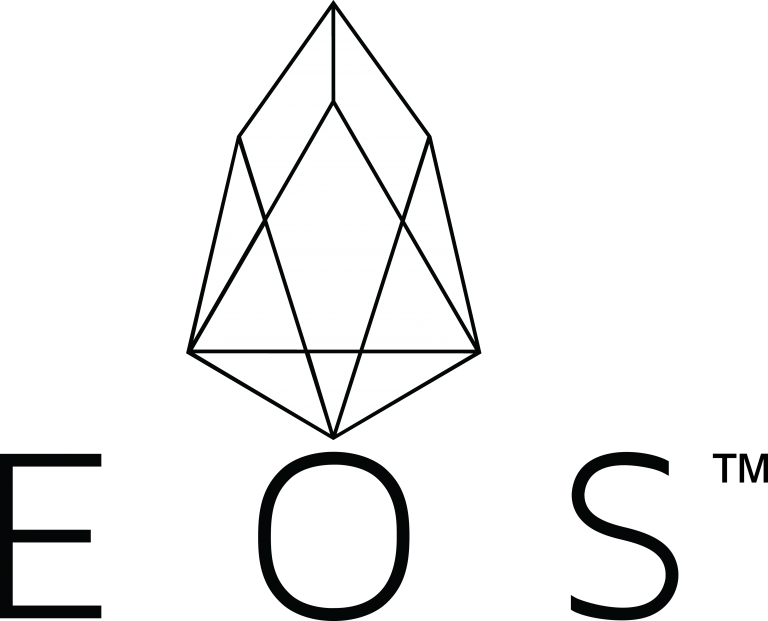This article compares EOS to Ethereum. Guides written many years ago compared the two according to their stated goals. Today we have years of data now on how well each system actually accomplished their goals. This is an empirical, retrospective analysis on the performance and trajectory of these two blockchains.


Evolutionary History
To understand EOS and Ethereum, it’s necessarily to quick review their history. Bitcoin came first in 2009. Bitcoin was a revolutionary change over what came before. Previously, a central organization ran digital gold, and people didn’t fully trust the solutions. Governments also shut down these centralized solutions. Bitcoin is trustable, decentralized, and difficult to censor.
Evolution of Ethereum
Vitalk Buterin supported Bitcoin and published Bitcoin magazine in 2011. Soon Vitalik realized that he could expand Bitcoin’s scripting system for transactions to be Turing Complete. This allows for sophisticated smart contracts, which could send money as a result of computation: like what the weather was yesterday, the S&P price, or how a board voted. With that motivation, he created Ethereum.
The newly enabled smart contracts became the revolutionary feature of Ethereum. In addition to smart contracts, Ethereum implemented incremental improvements on Bitcoin. For example, Ethereum allows 25 transactions per second and 20 seconds per block, versus Bitcoin’s 5 transactions per second and 10 minutes per block.
Evolution of EOS
Daniel Larimer saw the success of Ethereum and founded block.one to create another blockchain with improvements. Specifically, he wanted to decrease costs of transactions and smart contracts even further. block.one designed and released EOS in 2017-2018. EOS increases Ethereum’s 20 blocks per second to 1000 transactions per second, resulting in proportionately lower fees for smart contracts.
Theoretical Comparison
EOS aims to do (and currently successfully accomplishes) more than what Ethereum currently does. There are two main theoretical differences between EOS and Ethereum. First, EOS allows on the order of 1000 transactions per second, while Ethereum allow about 20 transactions per second. Second, EOS has delegated proof-of-stake whereas Ethereum today has proof-of-work. Delegated proof-of-stake means that EOS token holders vote on a small number (21) validators, who produce all the blocks. Miners don’t need to expend energy. Proof-of-work produces blocks through solving difficult cryptographic puzzles, and so is energy intensive. Ethereum 2.0 is working on moving to proof-of-stake.
The above covers the main differences, but there are smaller differences as well. As always, if you want the nitty gritty, you can review the whitepapers.
The 100x higher transaction rate is the main advantage in favor EOS. In our opinion, the remaining factors are in favor of Ethereum.
While EOS already has the 1000 transaction per second and proof-of-stake today, Ethereum V2 will have those features shortly in 2023.
While Ethereum represented an order-of-magnitude improvement over Bitcoin, EOS represents more of an incremental improvement over Ethereum. EOS’s 1000 transactions per second sounds like a lot in comparison to Ethereum’s 20. Yet Ethereum today could choose to 10x their transaction rate by just adding a zero to its code. Ethereum instead though is upgrading its system incrementally over time. Much like Litecoin is an incremental improvement on Bitcoin, EOS is an incremental improvement on Ethereum.
Empirical Comparison
This section looks at the size of the two development communities, growth rate, and other human problems that have popped up after each blockchain has launched.
Market Cap
The market cap of Ethereum is roughly $100 billion, growing from about $100 million since launch. The market cap of EOS is roughly $3 billion, growing from about $500 million since launch.
The overall market cap is in favor of Ethereum by a factor of about 30x. Market cap matters because cryptocurrencies have a reflexive property. The more people are invested in a cryptocurrency, the more time they’ll put in to make the ecosystem flourish. In that regard Ethereum is far ahead of EOS. The growth rate of Ethereum is also much higher since launch.
TVL in Apps
Ethereum has about $30 billion dollars locked in its ecosystem, according to Defipulse. This is a proxy for the utility that this blockchain is generating for the world. On the other hand, EOS has less than $3 billion in market cap total, and much less value locked in it’s blockchain. EOS apps have turned out to be mostly gambling apps, failing to penetrate yet into the high throughput enterprise usage they dreamed of.
When EOS and Ethereum were both just theoretical, it was hard to tell who would win. In 2021, years after both ecosystems have launched, the jury seems in: Ethereum’s community is 1-2 orders of magnitude larger than than EOS, and growing faster.
Centralization Comparisons Concerns
Both Ethereum and EOS are quite centralized compared to Bitcoin. Vitlik Buterin serves as the clear visionary head of Ethereum. He hard-forks Ethereum at his discretion (usually with good reason) and the ecosystem follow.
Yet the Ethereum ecosystem exerts some independence. After Vitalk decided to hard-fork Ethereum to undo the DAO hack, a fraction of the ecosystem didn’t follow along. That remaining blockchain, Ethereum Classic, is no longer de-facto headed by Vitalik.
ETH mining is slightly diversified: it would take three miners (pool operators) to collude to mount a 51% attack.
If Ethereum has moderate centralization concerns, EOS has more serious centralization concerns.
EOS is headed by block.one, who has also reverted transactions to undo a scam during their 2018 transition from an ERC-20 token to their native chain.
More worryingly, block.one owns more than half of EOS token. Since EOS is proof-of-stake, block.one can take over the EOS blockchain fully at will. block.one in that case can undo transactions, refuse to include certain transactions, and generally treat EOS like a private database. As only one person needs to be compromised to take over the EOS blockchain (versus Ethereum’s three pools), block.one represents a vulnerable target for government action too.
Finally, many people have raised concerns about most the validators being in China, or collusion amongst the relatively small set of 21 validators.
Both Ethereum and EOS are somewhat centralized, though EOS seems moderately more centralized.
A Question of Motivation
While speculating about the motivation of the community is always fraught with uncertainties, the difference between Ethereum and EOS mirrors some other startups. Ethereum’s ecosystem in many ways seems more earnest, Vitalik intensely focuses on the mission of Ethereum and its role in society. He gave up large fractions of ETH coins to see it succeed. He actively pursues policies good for the ETH ecosystem at the cost of the value of ETH tokens, yet ETH still (or perhaps because of that) goes up.
EOS seems greedier in their actions. block.one fundraised around a billion dollars in 2017, taking advantage of the cryptocurrency craze. block.one also kept a large fraction of its tokens to itself.
In reality, parts of both ecosystems are greedy (money oriented) and parts are earnest. It’s more a matter of degree, but in that regard, EOS seems to lie south of Ethereum.
Conclusion
EOS allows more many more transactions at lower prices and energy costs than Ethereum. Yet ultimately EOS improves just incrementally over Ethereum, and falls short of being revolutionary. On the other hand, Ethereum (and Bitcoin) improved in revolutionary ways over the past. As a result, they have attracted an order of magnitude more market cap, developers, Total-Value-Locked, and growth speed than EOS.

